Are Solar Lights with Motion Sensors Better for Security?
Homeowners today want outdoor lighting that pulls double duty: keeping their property safe while saving energy. Solar lights with motion sensors are stepping up, offering a smart blend of security and efficiency. Unlike traditional lights that burn power all night, these only kick on when needed, cutting costs and spooking potential intruders. But are they really better for security than always-on lights? Let’s dig into how motion-sensor solar lights work, their edge in safety, and what to look for when picking one.
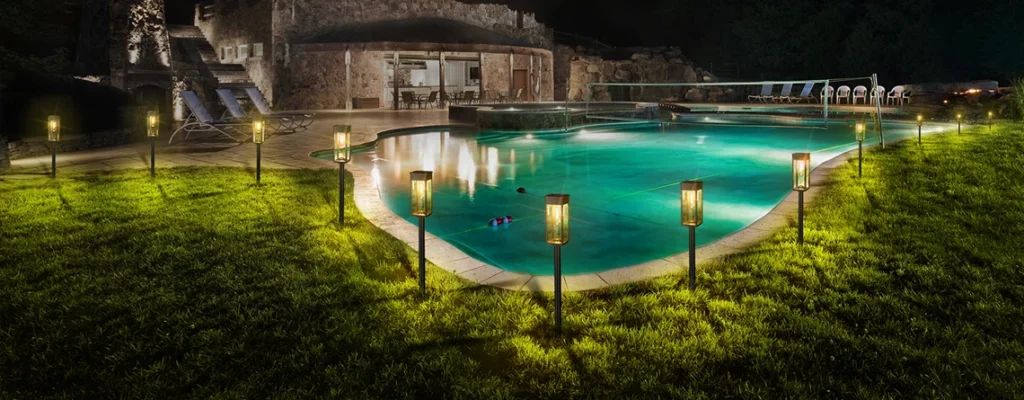
How Do Motion-Sensor Solar Lights Differ?
Solar lights with motion sensors aren’t your average porch lights. They’re designed to stay dormant until they detect movement, which sets them apart from constant-on models. Here’s what makes them unique:
- Dynamic Lighting: They activate only when motion is sensed, saving energy compared to lights that run all night.
- Solar-Powered Efficiency: Powered by sunlight, they don’t add to your electric bill, unlike wired constant lights.
- Adjustable Settings: Many, like the Ring Solar Pathlight, let you tweak sensitivity or brightness to match your needs.
- Longevity: By staying off most of the time, their batteries last longer—some models run for weeks on a single day’s charge.
This on-demand approach makes them a go-to for anyone looking to balance security with eco-friendly habits.
Do They Boost Security More Effectively?
When it comes to keeping your home safe, motion-sensor solar lights have a clear edge. Their sudden activation can startle intruders and alert you to activity. Here’s how they stack up for security:
- Deterrence Factor: A light flipping on unexpectedly can scare off prowlers. Studies, like one from the University of North Carolina, show motion lights reduce property crime by up to 20%.
- Targeted Illumination: They light up specific areas—like driveways or backyards—only when needed, making suspicious activity harder to miss.
- Emergency Response: In sudden scenarios, like a late-night delivery or a pet running out, they provide instant visibility without manual switches.
- Smart Integration: Models like the Arlo Solar Security Light sync with cameras or apps, sending alerts to your phone when motion triggers the light.
Compared to always-on lights, which can fade into the background, motion sensors create a dynamic, attention-grabbing effect that’s tougher for intruders to ignore.
Which Motion-Sensing Tech Is Best?
Not all motion sensors are created equal. The technology behind them determines how accurately and reliably they detect movement. Here’s a rundown of the main types:

- Passive Infrared (PIR): The most common, PIR sensors detect heat changes from moving bodies. They’re affordable and great for detecting humans or animals but can miss smaller movements. Example: BITPOTT Solar Motion Light.
- Microwave Sensors: These use radar-like waves to detect motion. They’re more sensitive, catching smaller movements, but can be pricier and trigger false positives from things like swaying branches. Example: Maxsa Solar Security Light.
- Dual Sensors: Combining PIR and microwave, these offer the best of both worlds—high accuracy with fewer false triggers. They’re ideal for high-security needs but cost more. Example: Sunforce Dual Motion Light.
- Range and Sensitivity: Check the detection range (typically 10-30 feet) and adjustability. A good pick, like the Aootek Solar Light, lets you fine-tune to avoid pets or passing cars.
For most homes, PIR is plenty reliable and budget-friendly. If you need precision in tricky environments, dual sensors are worth the splurge.
Balancing Security and Practicality
Motion-sensor solar lights aren’t perfect. They rely on sunlight, so shady spots or cloudy streaks can limit charging. False triggers from pets or wind can also be a hassle, though adjustable settings help. Still, their benefits—energy savings, targeted security, and easy installation—make them a strong contender. As smart home tech grows, expect even better integration, like lights that sync with doorbells or alarms for real-time alerts. For now, they strike a solid balance between keeping your home safe and keeping your energy use low.
The Bottom Line
Solar lights with motion sensors are a smart pick for homeowners who want security without the high electric bill. Their ability to light up on cue deters intruders, saves power, and fits seamlessly into modern homes, especially with app or camera integration. Compared to always-on lights, they’re more dynamic and efficient, though picking the right sensor tech—PIR, microwave, or dual—depends on your needs and budget. As cities and suburbs lean into sustainable solutions, these lights are proving they’re not just a fad but a practical step toward smarter, safer homes. If you’re looking to light up your property without breaking the bank, motion-sensor solar lights are tough to beat.

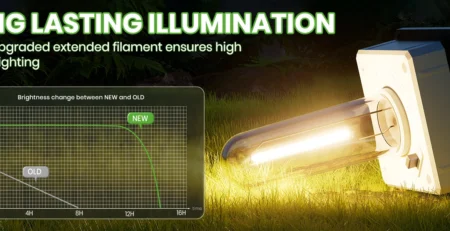




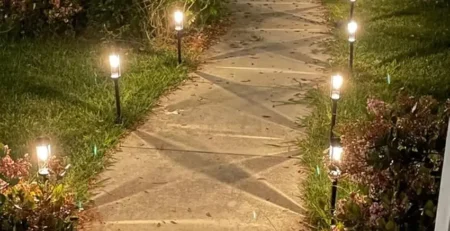

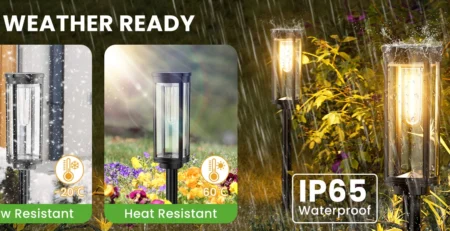
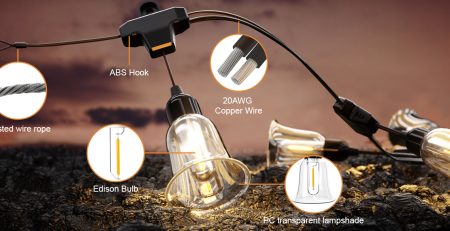
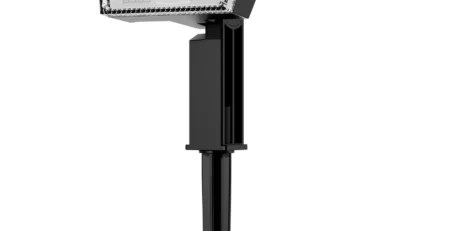
Leave a Reply